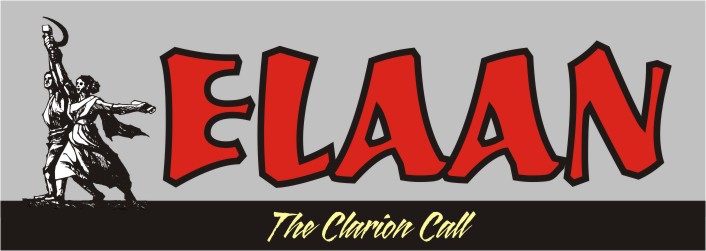
When Godse pumped bullets in the frail body of Gandhiji on 30th Jan 1948, he really killed the greatest leader that the indigenous capitalism had ever produced. The prominence of his image as a man of peace and non-violence has really covered up his real historical role as the mass organiser. On this day we try to recall some of his strategies of mass movement that shook the British Empire.
The picture of Gandhiji which is perhaps well-known is one where he is spinning yarn with traditional 'charkha.' That charkha was the symbol that countered the great spinning mills of Britain that heralded the industrial revolution of Europe. The traditional charkha thus became the focus of unity of nascent Indian bourgeois. Having created the most powerful symbol of struggle, Gandhiji's call for boycotting foreign clothes and goods was a natural consequence of resistance of nascent national capitalism to imperialistic market domination. The masses of people coming out in the streets to burn foreign clothes became the powerful tool of resistance to imperialism. It would be incomplete if we do not remember the famous Dandi-March in this connection. He had defied the authority of British Empire on one hand and highlighted the indigenous production on other hand.
In the era of globalization the present Indian big bourgeois would however like us to remember Gandhiji not as the agitational leader that took on the British imperialism but as a harmless icon of peace and non-violence.

No comments:
Post a Comment